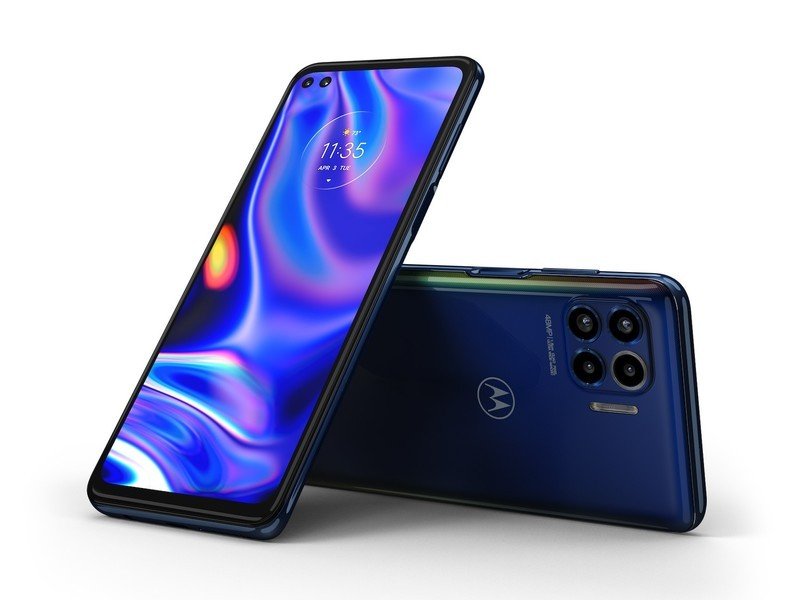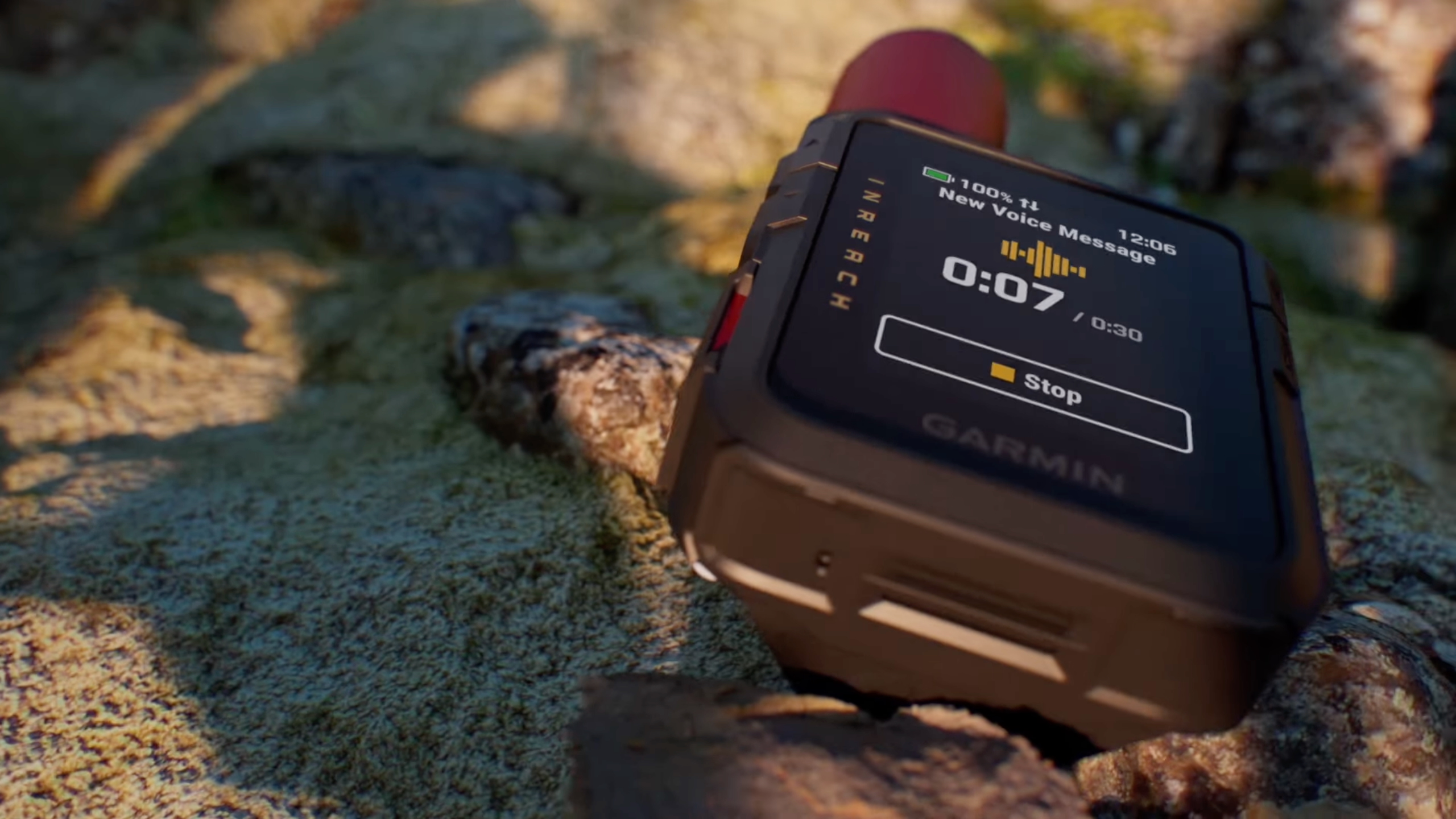The Motorola One 5G launches on AT&T this week from $445

What you need to know
- The Motorola One 5G is coming to AT&T on September 18.
- Motorola and AT&T will offer the handset to qualified customers for $5 a month for a limited time.
- A Verizon model remains planned for October.
The Motorola One 5G is Motorola's best mid-range phone (and one of the nicest mid-range Android phones in 2020). It's the top of the One line of phones and even manages to creep somewhat into flagship territory with the Snapdragon 765 and its associated 5G support.
The handset will now be coming to AT&T from September 18, and there's a deal associated. The company will let you buy the handset for $5 a month when you add a new line on an AT&T unlimited wireless plan and purchase the device on a qualifying 0% APR instalment plan. You'll still be paying $444.99 for the phone, you'll just be able to split it up into manageable chunks over the next 30 months.
If you'd rather not get tied up for two years or more, you'll also be able to buy the phone outright for $444.99, part of Motorola's plan to deliver a sub $500 5G device and lower the bar to entry for 5G.

To recap, aside from the Snapdragon 765, the phone also comes with a 6.7-inch 90Hz LCD display with a quad-camera set up made up of a 48MP main camera, an 8MP ultra-wide, a 5MP macro, and a 2MP depth sensor to round it out. Backing that up is 4GB of RAM, 128GB of storage, microSD support, a 5,000 mAh battery, 15W USB-C charging, NFC support, and a headphone jack.
If you're on Verizon, Moto plans to offer another mmWave enabled version of the handset from around October. You'll have to wait a little, but the One 5G does look like it'll be worth it at its asking price.

Motorola Edge
A step up in both price and aesthetics, the Edge offers the same 5G as the Motorola One but with a much nicer design, slightly more powerful insides, and a 90Hz AMOLED display.
Get the latest news from Android Central, your trusted companion in the world of Android

